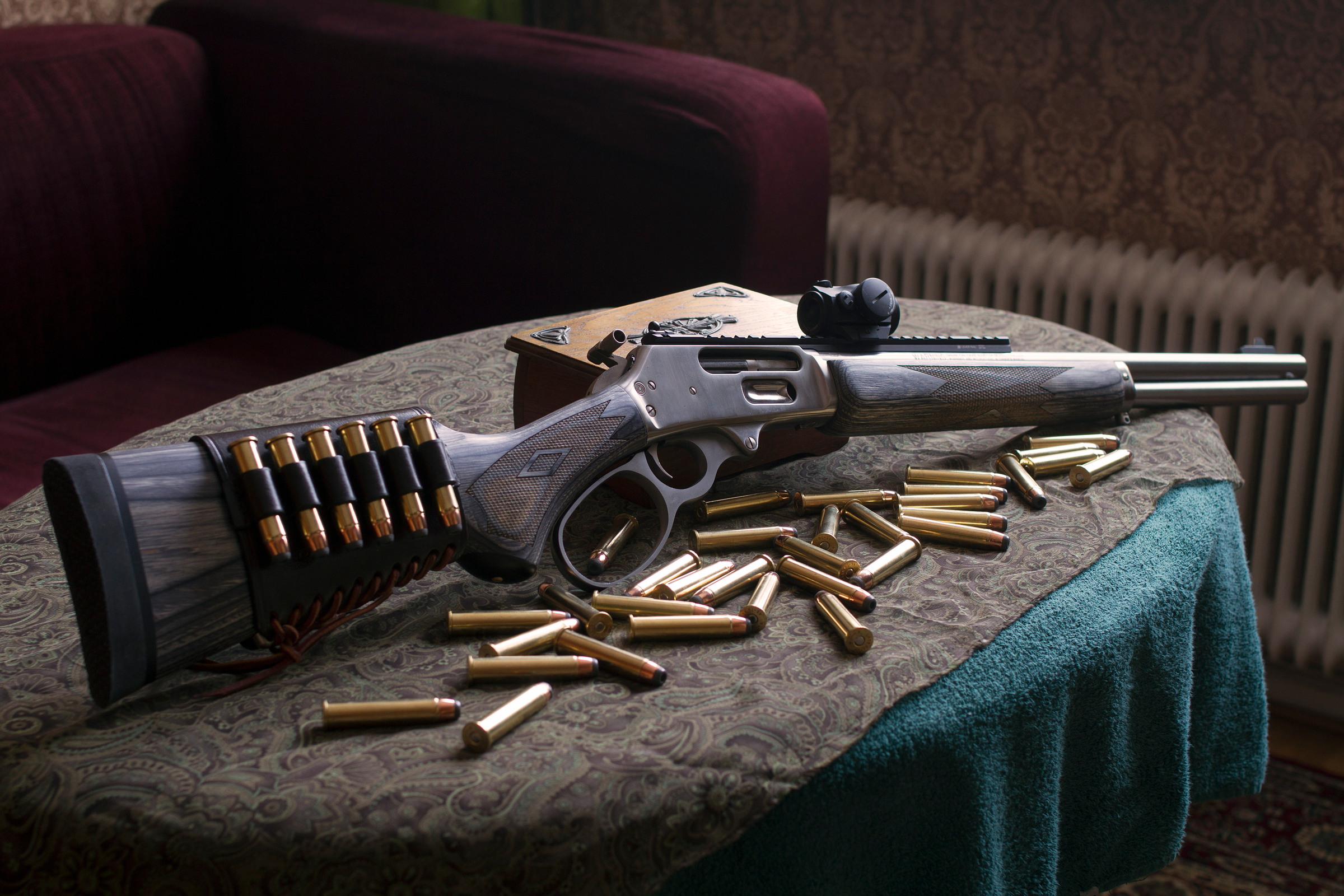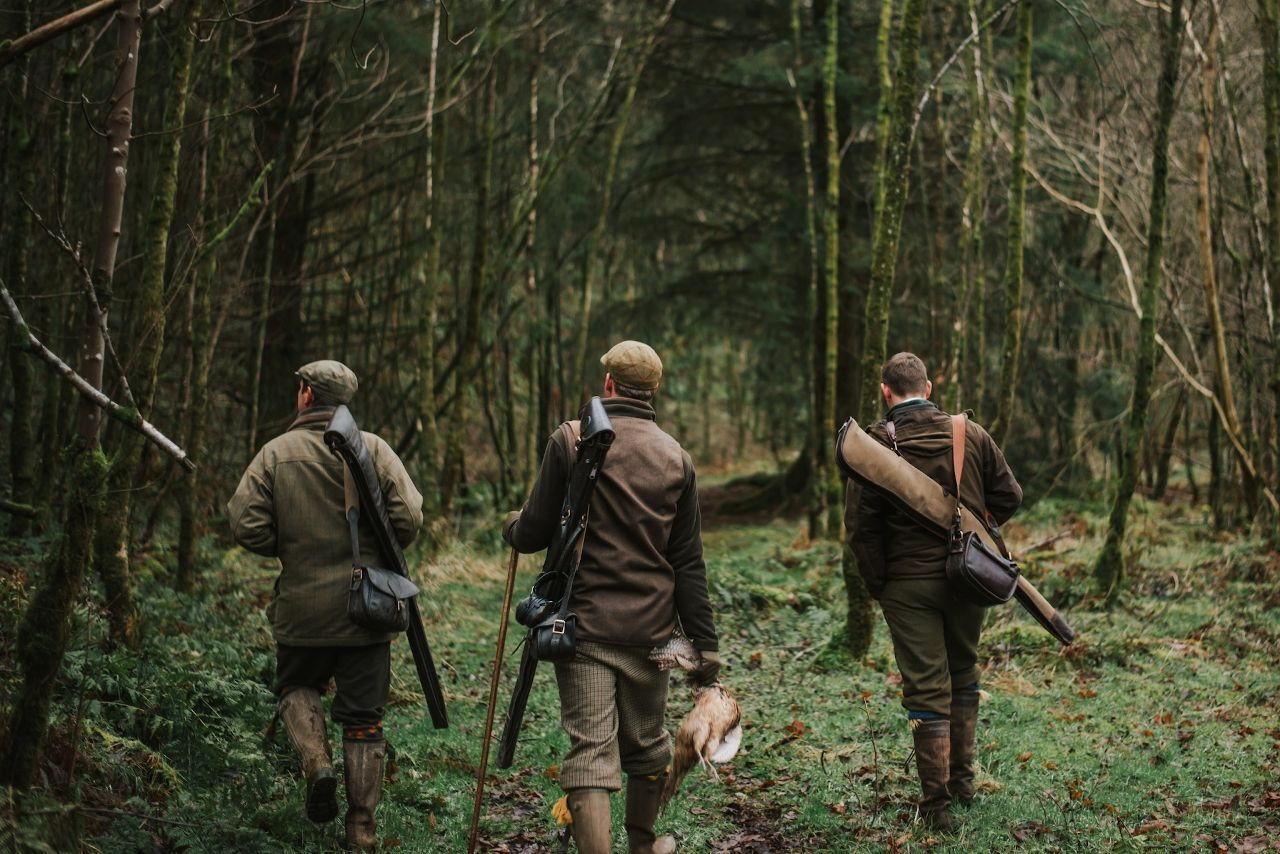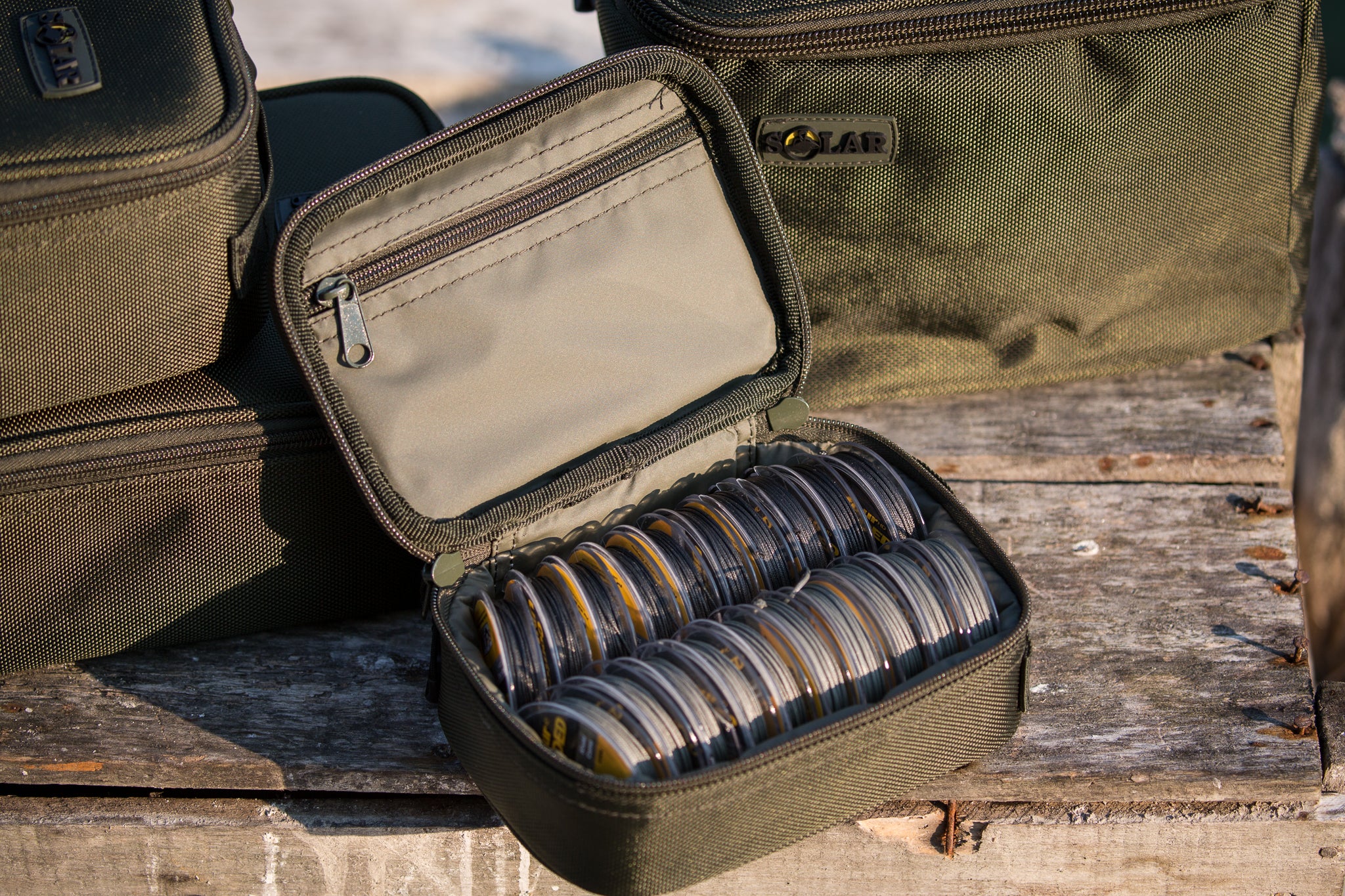The Ultimate Guide to Hunting & Fishing Clothing: What to Wear in the Wild
Whether you’re spending dawn in a tree stand or casting a line into a backcountry stream, the clothing you wear is just as important as your gear. The right hunting and fishing clothing will keep you protected, concealed, and comfortable in changing weather conditions.
In this guide, you’ll learn how to dress for different seasons, how to properly layer your clothing, and what key features to look for in outdoor apparel. This is a must-read for anyone serious about success in the wild.
The Ultimate Guide to Hunting & Fishing Clothing: What to Wear in the Wild
Why Clothing Matters in Hunting and Fishing?
Wearing the wrong clothes outdoors can lead to discomfort, missed opportunities, or even safety risks. The right apparel allows you to:
- Regulate body temperature
- Stay dry and protected from the elements
- Move quietly and efficiently
- Remain undetected by game or fish
- Avoid overheating or hypothermia
Hunting and fishing environments are often unpredictable, so your clothing should be able to adapt to shifting weather, terrain, and activity levels.
How to Layer Properly for the Outdoors?
The key to staying warm and dry is layering, which allows you to add or remove clothing based on temperature and exertion.
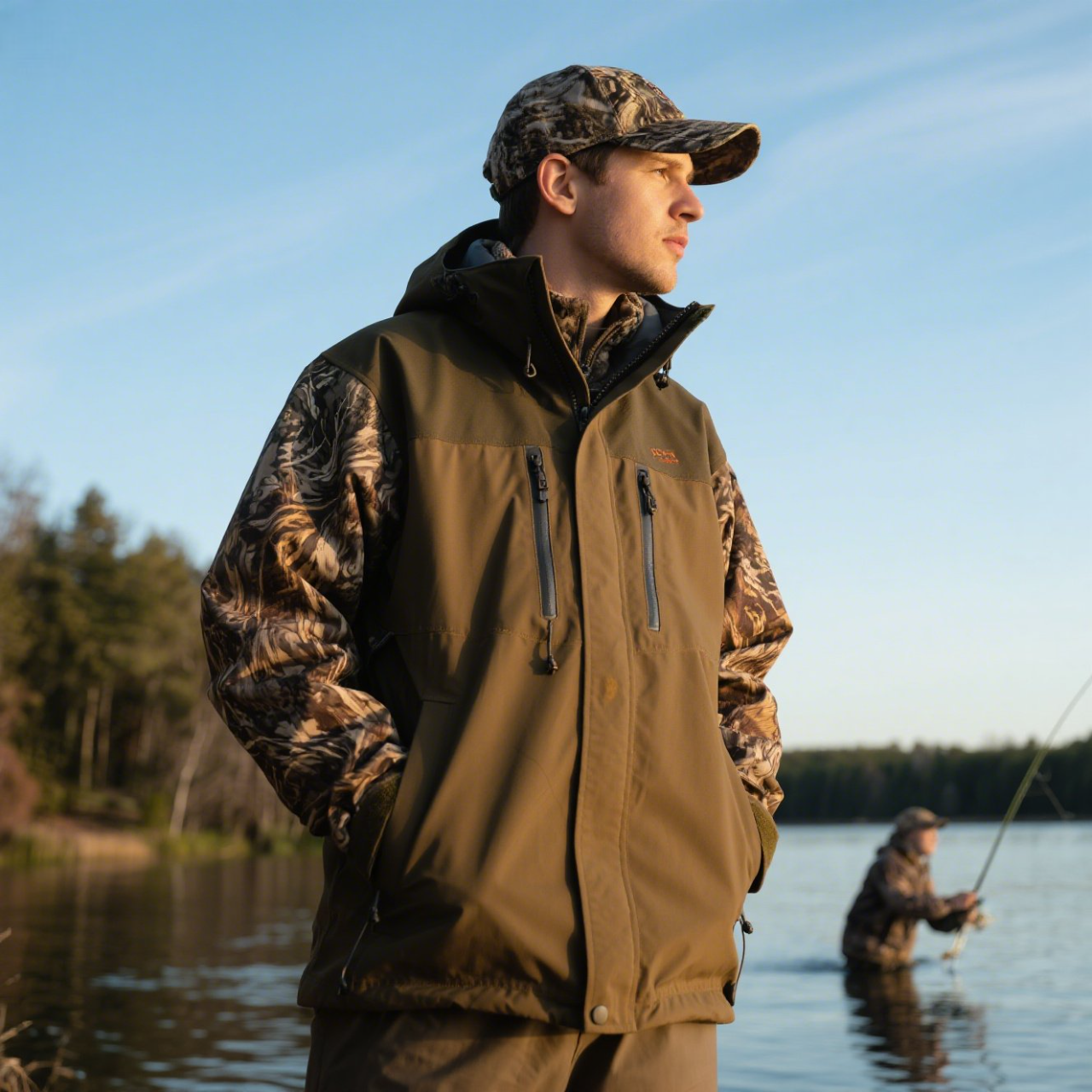
Base Layer
- Purpose: Wicks moisture away from your skin
- Material: Merino wool, bamboo, or moisture-wicking synthetics
- Avoid: Cotton, as it traps moisture and causes rapid heat loss
Mid Layer
- Purpose: Provides insulation and warmth
- Material: Fleece, wool, or insulated synthetic fabrics
- Tip: Choose breathable options to prevent sweating and overheating
Outer Layer
- Purpose: Protects from wind, rain, and snow
- Material: Waterproof and windproof fabrics with breathable membranes
- Features to Look For: Adjustable cuffs, quiet materials, and full mobility
Seasonal Clothing Guide
Spring and Fall
Weather Conditions: Cool mornings, potential rain, wind
Recommended Clothing:
- Waterproof and wind-resistant jacket
- Lightweight insulation (fleece or softshell)
- Breathable, water-resistant pants
- Insulated boots and midweight gloves
Summer
Weather Conditions: Heat, humidity, UV exposure, insects
Recommended Clothing:
- Lightweight, breathable shirts and pants
- Ventilated headwear
- UPF-rated fabrics for sun protection
- Bug-repellent or treated clothing
Winter
Weather Conditions: Freezing temperatures, snow, wind
Recommended Clothing:
- Thermal base layers (top and bottom)
- Heavily insulated mid and outer layers
- Waterproof outer shell with full coverage
- Insulated gloves, hat, gaiter, and cold-weather boots
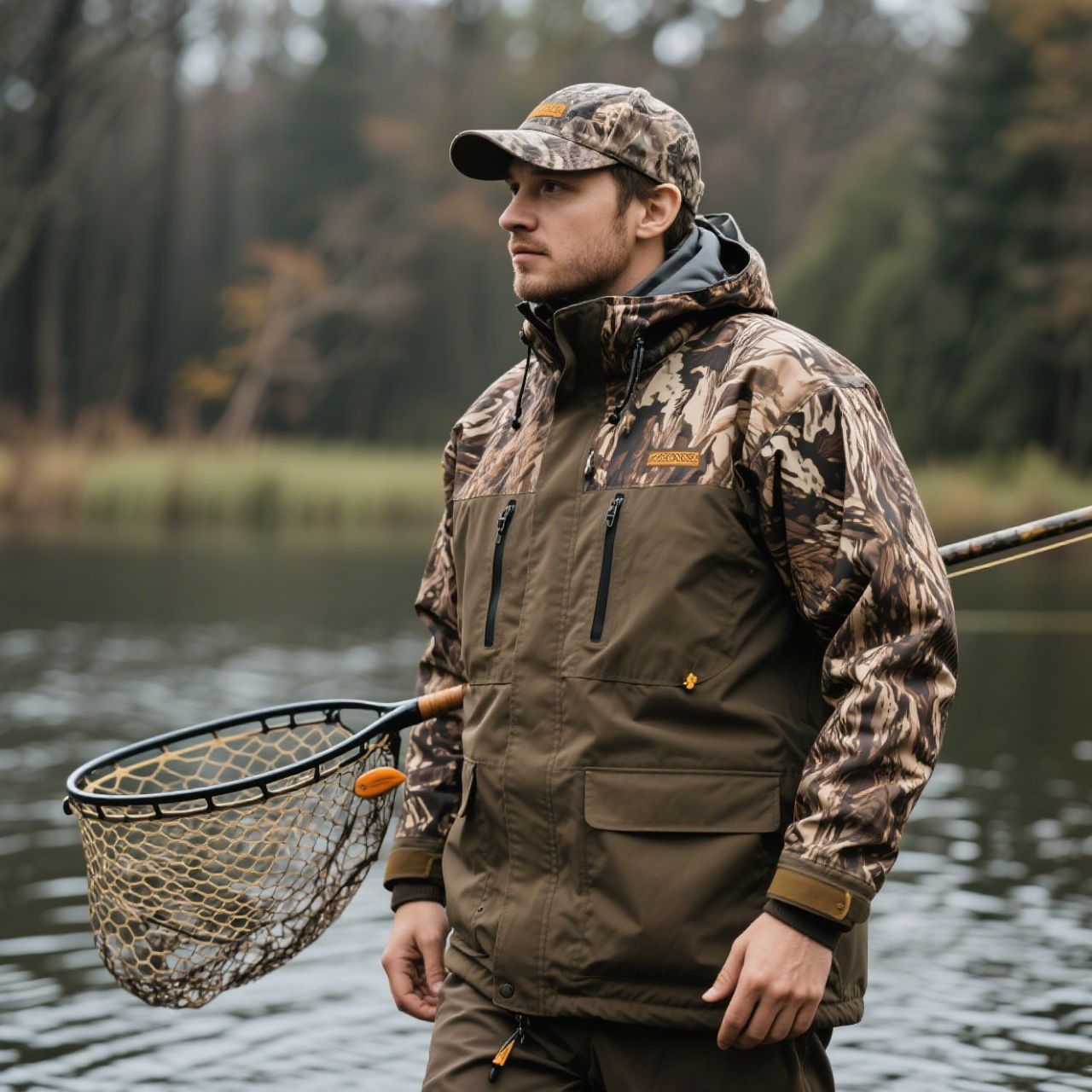
Camo or Neutral: What to Choose?
- Camouflage is ideal for hunting. Different patterns match different environments — woodland, wetland, desert, or snow.
- Neutral tones like olive, tan, grey, or dark green work well for fishing, where movement and contrast matter more than concealment.
Choose based on your activity and the surrounding terrain.
Mistakes to Avoid in Outdoor Clothing
- Wearing cotton: It soaks up moisture and dries slowly, leading to cold and discomfort.
- Skipping layers: One bulky jacket is no match for smart layering in cold, wet weather.
- Ignoring your feet and hands: Wet feet or frozen fingers can end your trip early.
- Overlooking scent control: Hunters should always use unscented detergents and avoid fragranced products.
- Choosing loud fabrics: Rustling jackets or pants can alert animals or scare off fish.
Packing Checklist for Your Next Trip
- Moisture-wicking base layers
- Insulating mid layer
- Waterproof outerwear
- Sturdy, insulated boots
- Appropriate gloves and headwear
- Camouflage or neutral clothing
- UV and insect protection
- Scent-free detergent or spray for hunting
- Extra socks and dry layers
Final Thoughts
When it comes to outdoor success, your clothing is more than just an outfit — it’s a tool. Proper hunting and fishing apparel keeps you focused, safe, and effective no matter the conditions. By layering smart, choosing the right materials, and avoiding common mistakes, you’ll stay one step ahead of nature.
Dress with purpose, move with confidence, and make every trip count.

















